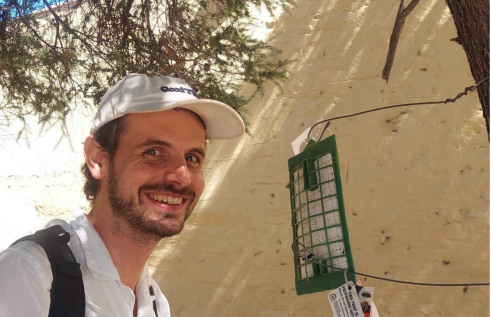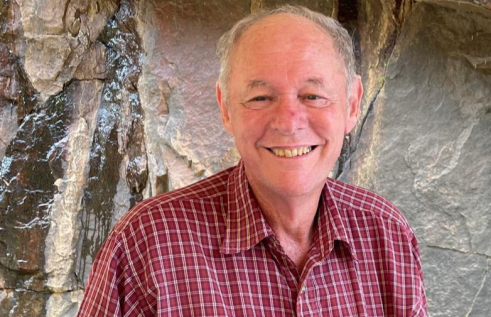RIEL seminar series
Vegetation classification in the Northern Territory
| Presenter | Dr Donna Lewis | |
|---|---|---|
| Date |
|
|
| Time |
to
|
|
| Contact person |
Robin Leppitt
|
|
| Location | Casuarina campus, Yellow 1.1.39 | |
| Open to | Public | |
Various vegetation classification systems have been applied to plot-based vegetation data in the Northern Territory since the 1990s. About a decade ago, the national vegetation guidelines and National Vegetation Information System (NVIS) were adopted and continue to be used as the standard classification system and field protocol in the Northern Territory. Parallel to implementing the national guidelines, the Northern Territory Vegetation Site Database was developed to store hierarchical plot data. The system has semi-automated tools that can classify plot data equivalent to levels two (structural formation), five (association) and six (sub-association) of the NVIS Information Hierarchy. As a result of inconsistencies between surveys and varying degrees of floristic and structural information collected in the field, only a portion of the data is compliant with the NVIS hierarchical levels.
Classification of plot data in the Northern Territory is more commonly used for vegetation mapping. The only Territory-wide vegetation classification is the 1:1 million vegetation map where 112 broad vegetation types were described from an intuitive appraisal of numerical analytical techniques. This hybrid approach continues to be used, however a standard method needs to be developed in the Northern Territory to classify plot data into meaningful vegetation types. The key challenges ahead are to collect standardised plot data that is transferrable and can comply with a consistent vegetation classification for Australia. In addition to reviewing the compatibility of plot data to NVIS, we also describe how it conforms with the International Vegetation Classification.
Dr. Donna Lewis has just commenced with TERN as Curation Lead as part of the Ecosystem Surveillance Program. Prior to this role, Donna was Senior Botanist with the Department of Environment, Parks and Water Security. Donna has 20 years’ experience in botanical and ecological field survey across the Top End, and been involved in developing guidelines and field methods in the NT since 2001. Donna previously maintained the NT Vegetation Site Database, HOLTZE – Herbarium Specimen Database and developed the Flora NT website. Donna’s responsibilities with TERN include supporting and developing ecological field survey protocols that aim to enable interoperable data between jurisdictions, improve curatorial workflows, and lead complex on-site field botanical surveys within the remit of TERN Surveillance.
Related Events

Boring beetles and super models: mapping the distribution of a new invader
The polyphagous shot-hole borer (PSHB) is a tiny beetle with a mouthful of a name, but it’s been making headlines as a new invasive species in Australia. PSHB was first detected in Perth three years ago and has since devastated trees across the city. There are concerns about what its further spread could mean for urban, agricultural and natural environments.
Read more about Boring beetles and super models: mapping the distribution of a new invader
Groundwater: Hidden wonder of the Northern Territory
The seminar ‘Groundwater: Hidden wonder of the Northern Territory’ will be presented in two parts. First, Steven will provide a basic explanation of what groundwater is and concepts of how groundwater systems operate. He will then give an NT-wide view of groundwater properties and processes.
Read more about Groundwater: Hidden wonder of the Northern Territory
Carbon and water adventures in north Australia
With climate change and increasing land use pressures there is more and more demand for knowledge of carbon dynamics and water use as well as water resource management. Lindsay’s research is focused on providing better understanding of the biophysical environment of tropical land and water systems.
Read more about Carbon and water adventures in north Australia
